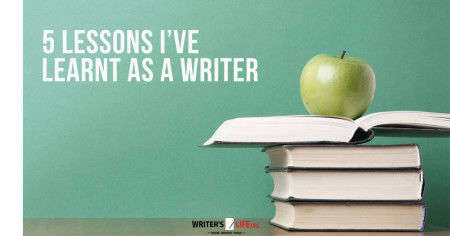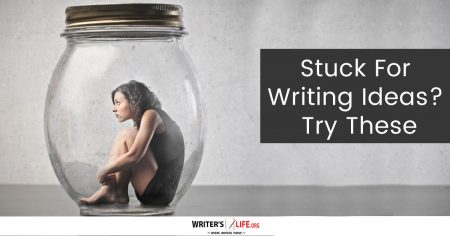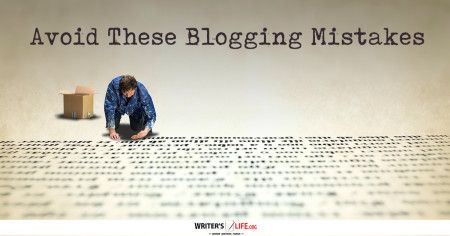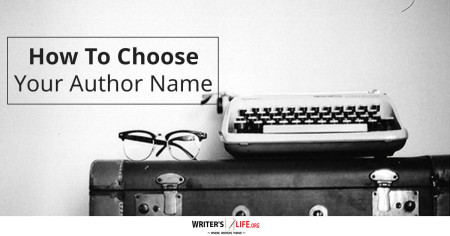- How To Tackle Jealousy In Creative Writing
- Common Submission Mistakes
- How To Stop Your Blog Becoming Boring
- The One Thing Every Successful Writer Has In Common
- How To Make Yourself Aware Of Publishing Scams
- Why Almost ALL Writers Make These Grammar Mistakes At Some Point
- 5 Tips For Authors On How To Deal With Rejection
- Top Mistakes to Avoid When Writing a Novel
- How to Avoid Common New Writer Mistakes
- 10 Mistakes New Fiction Writers Make
How To Give Your Story Structure
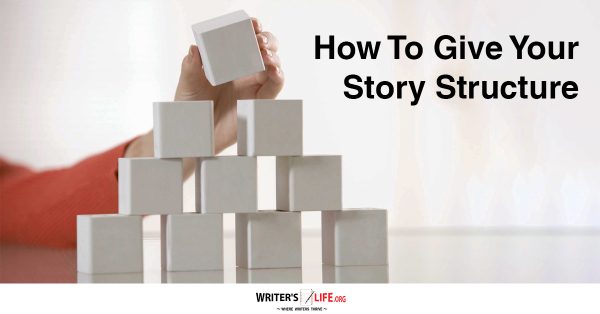
Every good story needs to have a solid structure. Your structure is what helps your plot stay focused and moving along at just the right pace, and ensures that your story is cohesive, understandable and that there aren’t any gaping holes in the plot or inconsistencies that leave your reader confused or irritated.
Learning about how to create a story structure is something that every writer should do before they begin writing their story. Don’t wait until you are halfway through to try to impose a structure or to pull together a fragmented narrative. Get your structure clear at the beginning, and you’ll find it so much easier to stay focused further down the line.
So what can you do to give your story structure? Follow these helpful tips.
Understand the basics
Every story needs a beginning, a middle and an ending. We all know that, and it sounds oh so simple, but actually organizing your story in this way is where structure plays a significant role.
You need to structure your story, so it takes the reader on a journey, it needs to open with impact, then carry them along, creating intrigue and interest at every turn. Through the middle there will be highs and lows, points where the story slows then speeds up again, and then the ending should arrive when it’s time, and leave readers satisfied but also sad that the ride is over.
Structure helps writers to think about what’s needed to make this happen at every stage of the book. The beginning needs to introduce readers to your characters, to your world, and indicate where the story will go next; the middle needs to be full of action, changes and obstacles that your protagonist may overcome. The end ties all loose ends together. All of these aspects must be carefully balanced to help your story unravel just as it should. Without proper structure, your story will feel forced, slow or as though it is just going nowhere.
Experiment
There are lots of different types of structure one can apply to a story, and writers may need to experiment with them to find the one that best fits the story they are trying to tell. Do your readers see the world through the protagonist's eyes, or are they passive bystanders? Does your story focus on a single characters adventure, growth and personal change, or folllow the paths of many? Is your story an event type story where something has happened in the world and certain things must be done to bring about change? Learning about different structure types and trying to find which one will work best for you is all part of the fun!
Bend and mould classic structure templates to fit your story
There is no ‘one size fits all’ when it comes to story structure. That’s why a good structure will be flexible, and writers will have the ability to mould typical story structures to create their own unique one - that’s what will make your story stand out after all.
Blend your story structure so it can’t be noticed
Having the ability to structure a novel well is all about doing so with lightness and subtlety. A reader shouldn't be able to tell that the structure is there; instead the plot should blend seamlessly, and the story should flow effortlessly, carrying them along with it. The shouldn’t notice a transition from beginning to middle to end; it should just happen without any realization on the reader's part.
Outlining your story before you start to write can be a helpful way to ensure you have a good story structure and that your plot works. There are a considerable number of ways to structure a story and by using the tips above you can make sure you pick the best one for you.

Bethany Cadman -author of 'Doctor Vanilla's Sunflowers'











